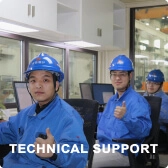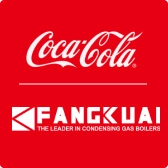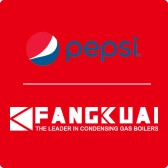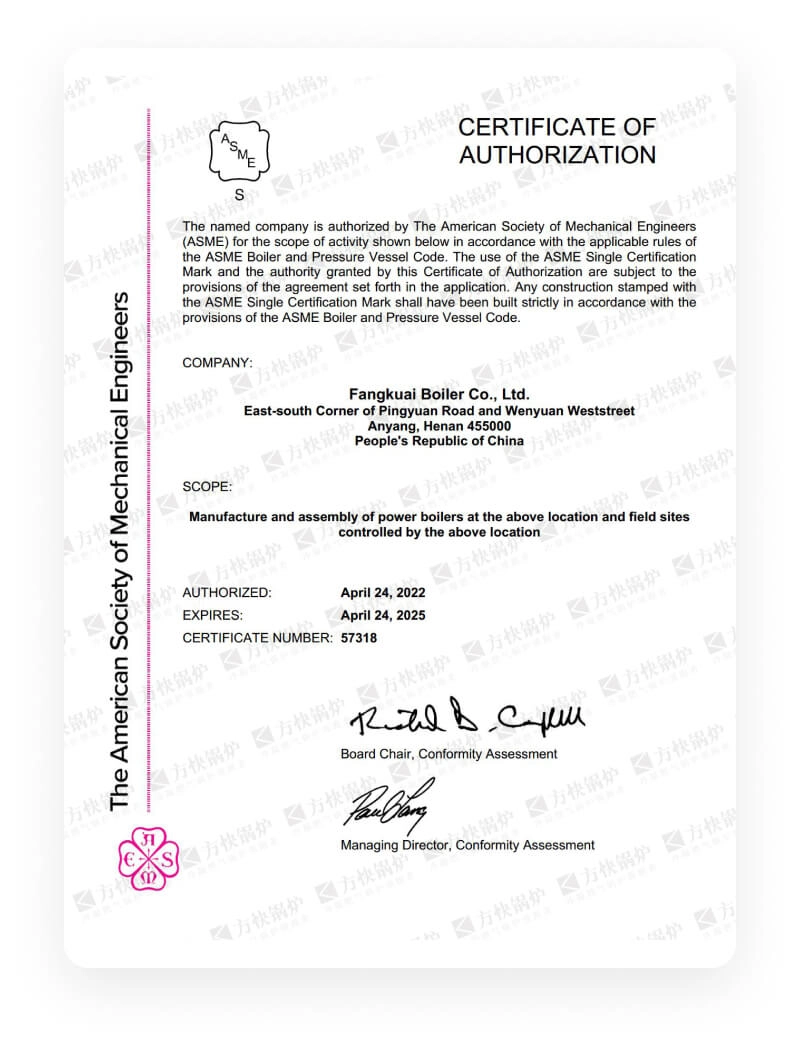Gas Steam Boiler Basics - Steam Boiler Guide
date: 2024-08-17
Page preview:
1. Overview of Gas Steam Boiler
Gas steam boiler refers to a steam boiler that uses gas (such as natural gas, liquefied gas, city gas, etc.) to burn and heat. It is a device that converts the chemical energy of the fuel into thermal energy, and then heats water into steam. Gas steam boilers are widely used in hospitals, schools, textile factories, garment factories, food factories, pharmaceutical factories and other fields to provide power and heat energy.
2. Working Principle
The working principle of gas steam boiler mainly includes the following steps:
Gas combustion:
After the gas enters the boiler, it is guided to the combustion chamber to mix with the air and ignite, producing high-temperature combustion gas.
Heat energy transfer:
The combustion gas passes through the pipes and smoke pipes in the boiler to transfer heat energy to water. In this process, the smoke residue and soot will be guided by the suspension of the equipment to the boiler chimney and discharged.
Water is heated to steam:
Water is heated in the boiler pipes and smoke pipes and gradually converted into steam. When the water reaches the evaporation temperature, it forms steam and is discharged from the boiler.
3. Structural classification
Gas steam boilers can be divided into vertical steam boilers and horizontal steam boilers according to their structural form:
Vertical steam boiler:
adopts the bottom-mounted burner and two-pass structure, the fuel burns fully, the boiler runs stably and occupies less space. The smoke pipe is inserted with spoilers to slow down the smoke exhaust speed, increase the heat exchange and improve the thermal efficiency of the boiler.
Horizontal steam boiler:
It is a shell-type full wet back downstream three-pass firework tube structure. The flame burns at a slight positive pressure in a large combustion chamber, with high combustion thermal efficiency and energy saving and consumption reduction. The corrugated furnace and threaded smoke tube structure are adopted to improve the heat absorption strength of the boiler and meet the needs of the heat exchange surface expansion due to heat.
4. Main components
The main components of gas steam boilers include:
Boiler body:
including steam drum, heating surface, header, pipes and fittings, steam-water system, combustion device, flue gas pipe, frame, etc.
Gas burner:
It consists of five parts: gas supply system, ignition system, monitoring system, fuel system and electronic control system, which is responsible for sending gas into the combustion chamber and igniting air and mixture.
Control system:
It consists of intelligent central processor and display system, which controls the normal operation and operation of the boiler and facilitates inspection and maintenance.
4. Features and Advantages
High degree of automation:
The gas steam boiler is equipped with an advanced control system, which can realize automatic combustion, stop, load adjustment, automatic water supply and other fully automatic operations. It is simple to operate, safe and reliable.
High thermal efficiency:
Due to the use of advanced combustion technology and heat exchange structure, the gas steam boiler has a high thermal efficiency, which can effectively reduce the user's use cost.
Environmental protection and energy saving:
The gas steam boiler uses clean energy and produces fewer pollutants during the combustion process, which meets environmental protection requirements. At the same time, its efficient combustion and heat exchange technology also helps to save energy and reduce consumption.
Small footprint:
Both vertical steam boilers and horizontal steam boilers are compactly designed, occupy a small area, and are easy to transport and install.
Safe and reliable:
The gas steam boiler is equipped with multi-level interlocking protection devices, such as pressure switch protection, low water level protection, safety valve protection, etc., to ensure the safe operation of the boiler under various working conditions.
5. Precautions for use
Regular inspection: Regularly check the boiler's burner, control system, safety device and other key components to ensure they are normal and reliable.
Water quality requirements: Pay attention to water quality requirements and avoid using substandard water to avoid problems such as boiler scale accumulation.
Safe operation: Operators must strictly abide by the operating procedures and safety regulations of steam boilers to ensure personal safety and stable equipment operation.
Maintenance: Clean and overhaul the boiler regularly to keep it clean and in good condition.
6. Application fields
The application fields of gas steam boilers are very wide, including but not limited to the following aspects:
Industrial field:
Providing power and heat energy in petrochemical, textile, food processing, papermaking, chemical and other industries.
Building HVAC field:
Widely used in heating systems of large buildings.
Greenhouse agriculture:
Providing a stable temperature and humidity environment.
Pharmaceutical and medical fields:
Used for sterilization, disinfection, distillation and heating of pharmaceutical and medical equipment.
Commercial field:
Providing heating or bathing water and domestic hot water for supermarkets, hospitals, schools, hotels, communities, bathing centers and other areas.
7. Safety and Maintenance
Safe operation:
Operators must undergo professional training and be familiar with equipment performance and operating requirements.
Regularly check the working performance of steam boiler safety valves, pressure gauges and other equipment to ensure their normal and reliable operation.
It is strictly forbidden to adjust the parameters of steam boilers, such as steam pressure, water level, etc., without authorization, and must be operated by professionals.
Maintenance:
Regularly clean the flue and water pipes of the boiler to ensure unobstructed flow.
Regularly remove ash and coke from the furnace and flue pipe of the steam boiler to keep the combustion unobstructed.
The equipment should be regularly maintained, such as cleaning the water tank, checking the electric heating tube, tightening the bolts, etc., to ensure the normal operation and service life of the equipment.
8. Future Development
In the future, gas steam boilers will tend to be intelligent and automated, using advanced sensor technology, wireless communication technology, cloud computing and other innovative technologies to achieve real-time monitoring and remote control of the boiler operation status, and improve operation efficiency and safety. At the same time, more attention will be paid to environmental protection and energy conservation, and low-nitrogen combustion technology, optimized combustion process, multi-energy complementation and other methods will be adopted to reduce the impact on the environment and improve energy efficiency.

















